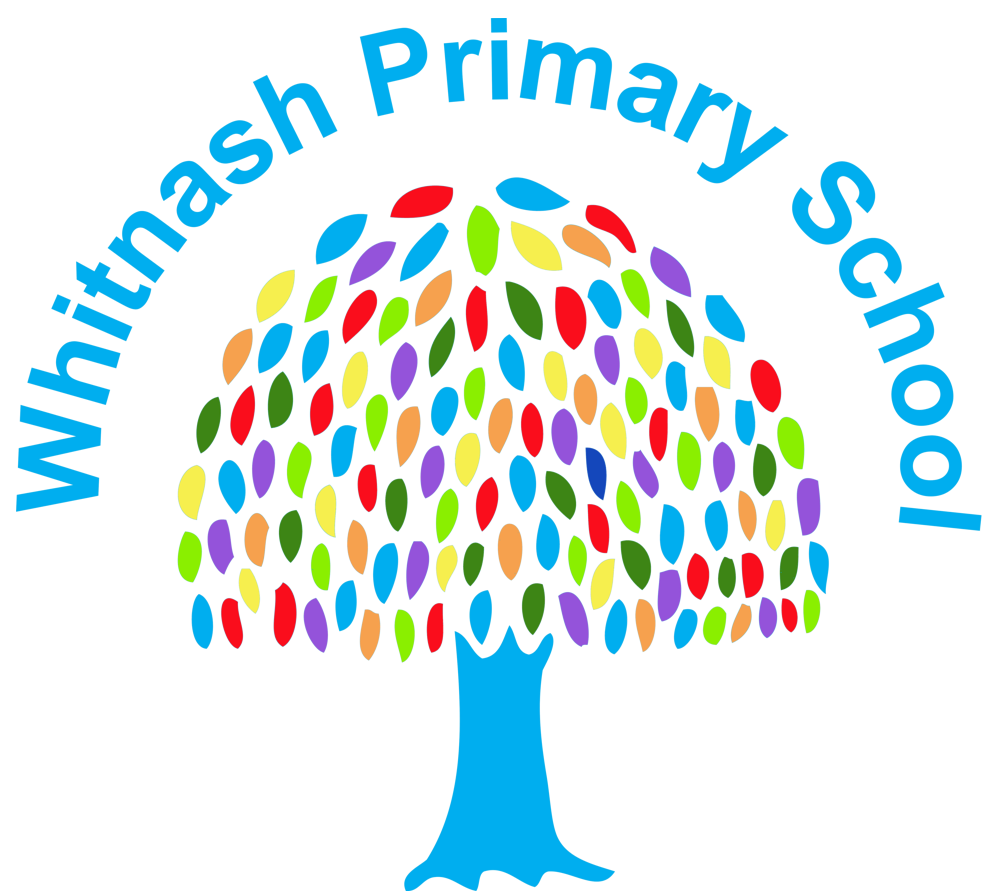
Precision Teaching
Precision Teaching
Whitnash Primary School uses
Precision Teaching
to help children who are having
some difficulty in the area of word reading, spelling and acquiring number facts.
Whitnash Primary School uses Precision Teaching to help children who are having some difficulty
in the area of word reading, spelling and acquiring number facts.
Whitnash Primary School uses Precision Teaching to help children who are having some difficulty in the area of word reading, spelling and acquiring number facts.

Precision Teaching is a teaching method used to accelerate progress in word reading and spelling skills although
it is also used to increase children’s proficiency in number facts.
Precision Teaching is very effective
for children struggling to acquire automatic skills in learning letter sounds,
recognising whole words and spelling.
The principles of Precision Teaching match the good teaching principles recommended in Sir Jim Rose’s report of June 2009, Identifying and Teaching Children
and Young People with Dyslexia
and Literacy Difficulties.
In Precision Teaching, the child’s
daily performance is recorded and this process is known to increase motivation.
This is a simple but intense teaching method aimed at helping a child to embed facts
such as letter sounds,
single word reading, times tables etc.
The method aims to enable a child
to recall the targeted facts
in order to be able to apply it
independently in class.
Because it allows high repetition
of the facts to be learnt,
it is effective at accelerating progress
in word reading, for example,
if the following basic principles are followed:
Specifically targeted facts to learn
e.g. secure recognition
of 10 high frequency words
or spell 5 topic words.
Daily 1-1 teaching session
for no more that 15 minutes per session.
Deliver the teaching in
the ‘flash card’ method.
Daily assessment recorded
in scores for the child to compete against.
Programme delivered over fixed period
of time, e.g. 8 weeks and
repeated/extended as necessary.
Precision Teaching is a teaching method used to accelerate progress in word reading
and spelling skills although it is also used to increase children’s proficiency in number facts.
Precision Teaching is very effective for children struggling to acquire automatic skills
in learning letter sounds, recognising whole words and spelling.
The principles of Precision Teaching match the good teaching principles recommended in Sir Jim Rose’s
report of June 2009, Identifying and Teaching Children and Young People
with Dyslexia and Literacy Difficulties.
In Precision Teaching, the child’s daily performance is recorded and this process
is known to increase motivation.
This is a simple but intense teaching method aimed at helping a child to embed facts
such as letter sounds, single word reading, times tables etc.
The method aims to enable a child to recall the targeted facts
in order to be able to apply it independently in class.
Because it allows high repetition of the facts to be learnt, it is effective at accelerating progress
in word reading, for example, if the following basic principles are followed:
Specifically targeted facts to learn e.g. secure recognition of 10 high frequency words or spell 5 topic words.
Daily 1-1 teaching session for no more that 15 minutes per session.
Deliver the teaching in the ‘flash card’ method.
Daily assessment recorded in scores for the child to compete against.
Programme delivered over fixed period of time, e.g. 8 weeks and repeated/extended as necessary.
Precision Teaching is a teaching method used to accelerate progress in word reading and spelling skills although
it is also used to increase children’s proficiency in number facts.
Precision Teaching is very effective for children struggling to acquire automatic skills in learning letter sounds,
recognising whole words and spelling.
The principles of Precision Teaching match the good teaching principles recommended in Sir Jim Rose’s report of June 2009, Identifying and Teaching Children and Young People with Dyslexia and Literacy Difficulties.
In Precision Teaching, the child’s daily performance is recorded and this process is known to increase motivation.
This is a simple but intense teaching method aimed at helping a child to embed facts such as letter sounds,
single word reading, times tables etc.
The method aims to enable a child to recall the targeted facts in order to be able to apply it independently in class.
Because it allows high repetition of the facts to be learnt, it is effective at accelerating progress in word reading,
for example, if the following basic principles are followed:
Specifically targeted facts to learn e.g. secure recognition of 10 high frequency words or spell 5 topic words.
Daily 1-1 teaching session for no more that 15 minutes per session.
Deliver the teaching in the ‘flash card’ method.
Daily assessment recorded in scores for the child to compete against.
Programme delivered over fixed period of time, e.g. 8 weeks and repeated/extended as necessary.

Click blue buttons for more information.
Page last updated 291223
All Rights Reserved | Whitnash Primary School
